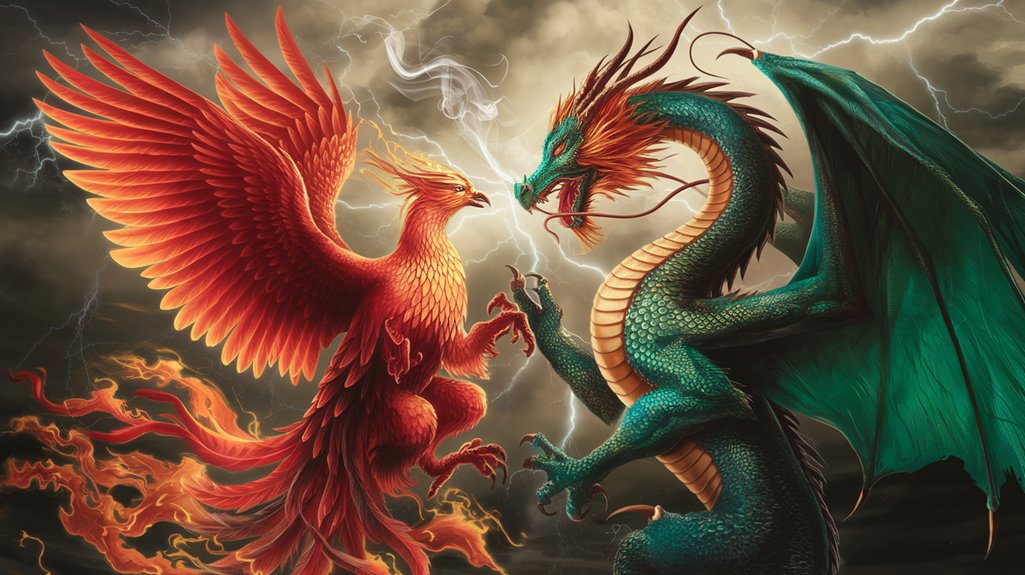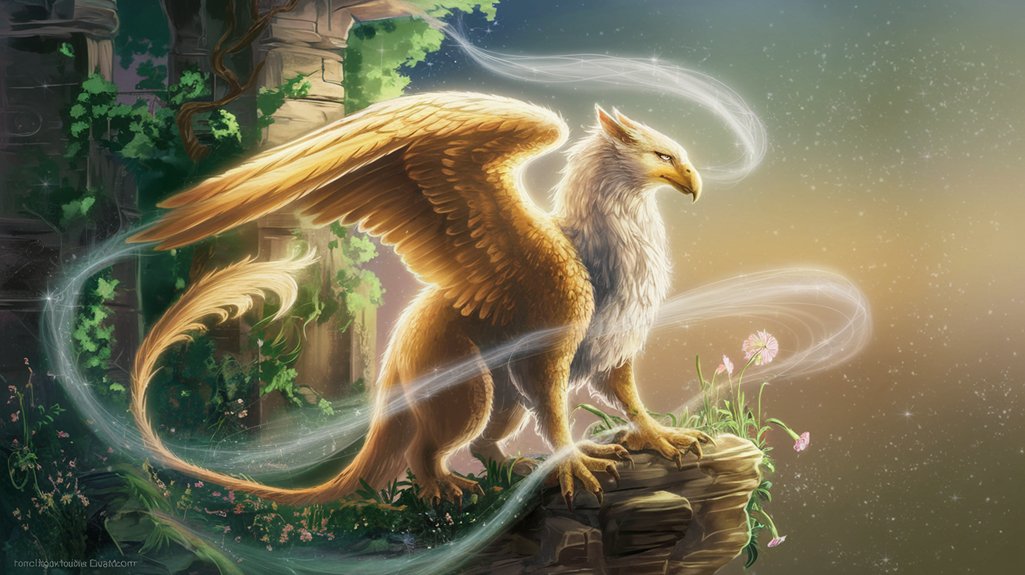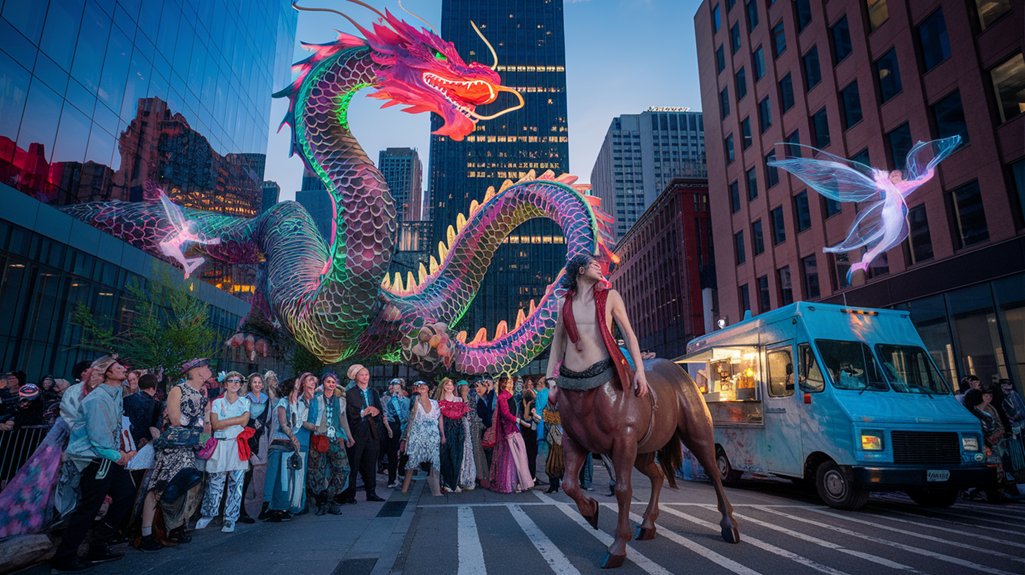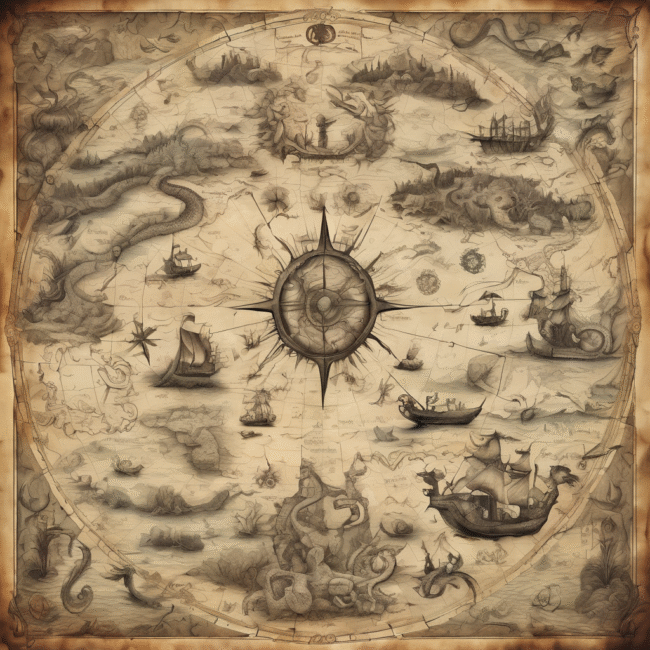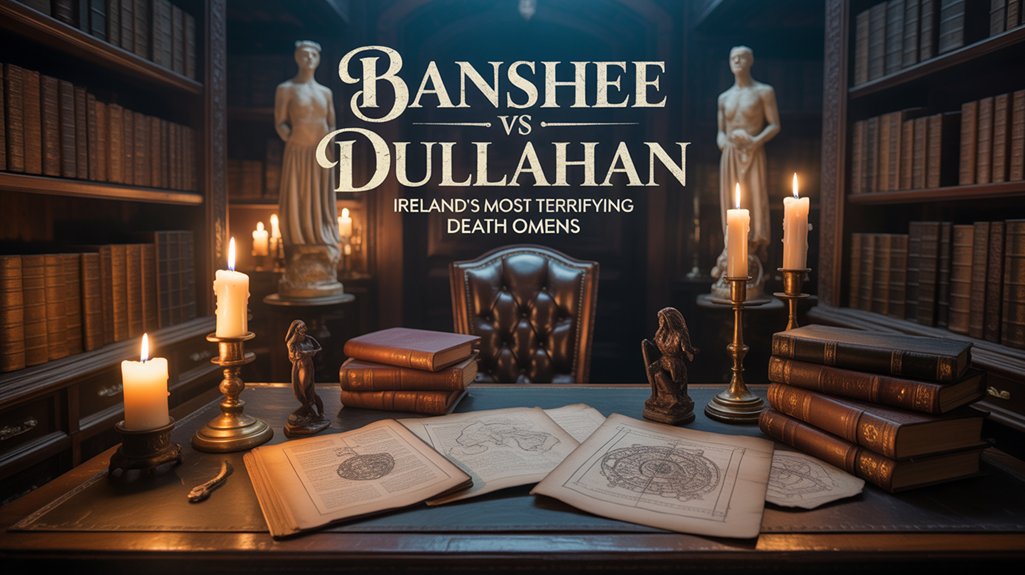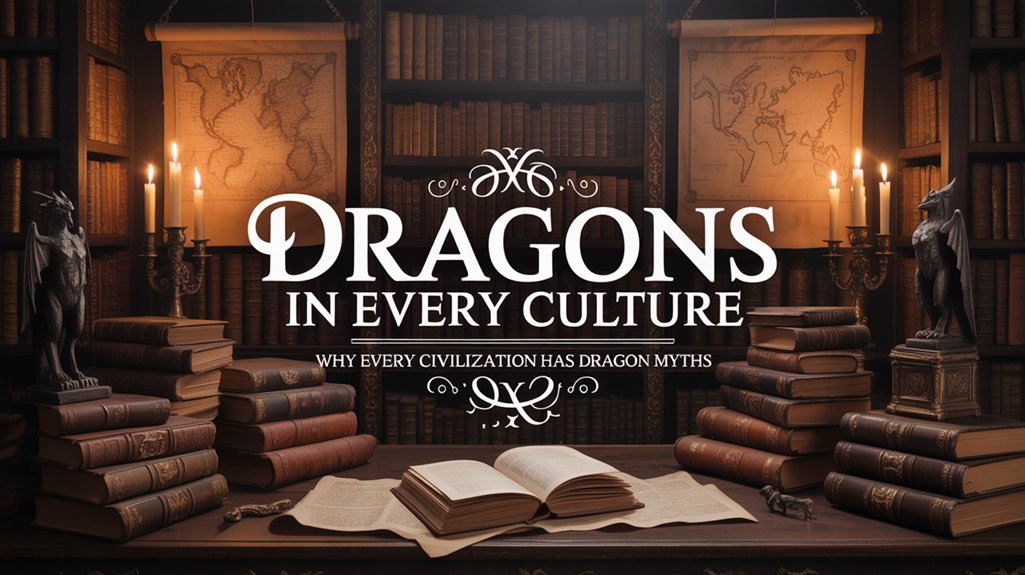Have you ever wondered why dragons appear in stories from so many different cultures? These fierce, mysterious creatures have captured human imagination for centuries.
But their meanings and shapes change depending on where you look. Understanding the evolution of dragon myths can reveal surprising truths about the beliefs and fears of people around the world. By exploring these stories, you’ll discover how dragons connect us across time and place—and why they still hold a special power over your imagination today.
Keep reading to uncover the fascinating journey of dragon myths and what they mean for you.
Table of Contents
ToggleAncient Dragon Origins
Dragons have fascinated humans for thousands of years. These mythical creatures appear in stories from many ancient cultures. Their origins tell us much about early human beliefs and fears. Across different lands, dragons took unique shapes and meanings. Understanding these ancient roots helps us see how dragon myths evolved.
Early Depictions In Mesopotamia
Mesopotamia shows some of the earliest dragon images. Ancient clay tablets and carvings reveal serpent-like creatures. These dragons often had long bodies and fierce faces. They symbolized chaos and danger in nature. People believed these beings controlled water and storms. Mesopotamian dragons appeared in myths about gods and heroes.
Dragons In Chinese Mythology
Chinese dragons differ greatly from Western ideas. They look like long snakes with claws and whiskers. These dragons bring good luck and control rain. Farmers prayed to dragons for healthy crops. Chinese dragons symbolize power, strength, and protection. They play major roles in festivals and art. These creatures are friendly, wise, and noble.
European Dragon Traditions
European dragons often appear as giant, winged reptiles. They breathe fire and guard treasures. Knights and heroes fought these beasts in many stories. European dragons represent evil or danger to humans. People feared dragons as symbols of destruction. Tales of dragons taught lessons about bravery and virtue. These dragons also show up in castles and folklore.
Symbolism And Meaning
Dragons have deep meanings in many cultures. They symbolize different ideas and feelings. People see dragons as powerful creatures. Their meaning changes with stories and places. Understanding dragon symbolism helps us learn about old cultures and beliefs.
Dragons As Guardians And Protectors
In many cultures, dragons guard treasures or sacred places. They protect temples, palaces, and important lands. People believe dragons keep evil away. Dragons often stand for safety and strength. This idea shows respect for power and protection.
Representations Of Chaos And Evil
Some stories show dragons as dangerous and wild. They bring storms, fire, and destruction. Dragons can be symbols of fear and chaos. Heroes often fight dragons to save their homes. This shows the battle between good and evil.
Dragons And Spiritual Power
Dragons also represent spiritual energy and wisdom. Many cultures see dragons as links to gods or nature. They symbolize life, growth, and change. Dragons inspire respect for the spirit world. Their power goes beyond the physical world.
Myths From Asia
Dragons have fascinated many cultures across Asia for centuries. Each culture has its own unique dragon stories. These myths show how people see nature, power, and mystery. Dragons are often symbols of strength and wisdom here.
Asian dragon myths are different from Western ones. They often show dragons as kind and helpful beings. These stories shape festivals, legends, and folklore. They remain alive in many traditions today.
Chinese Dragon Festivals
In China, dragons are signs of good luck and power. The Dragon Boat Festival is a famous celebration. People race long boats shaped like dragons. They also eat special rice dumplings called zongzi. This festival honors an ancient poet and dragon spirit.
Chinese New Year also features dragon dances. Colorful dragon puppets move through streets. They scare away bad luck and bring joy. These festivals keep dragon myths alive and strong.
Japanese Dragon Legends
Japanese dragons often live in water or mountains. They protect nature and people. One famous dragon is Ryujin, the sea god. He controls tides with his magical jewels. Many stories tell of heroes helped by dragons.
Dragons in Japan are less fierce than Western dragons. They are wise and calm creatures. Their legends teach respect for nature and harmony in life.
Dragons In Indian Folklore
India has many dragon-like creatures in its stories. The Naga are serpent beings with great power. They live in rivers, lakes, and underground. Nagas protect treasures and sacred places.
Indian dragons can be both good and dangerous. They appear in epic tales like the Mahabharata. These stories show the balance of good and evil in the world. Dragons in Indian myths connect humans to the spiritual world.
European Dragon Tales
European dragon tales have fascinated people for centuries. These stories show dragons as powerful and fearsome creatures. They often symbolize danger, greed, or evil. Yet, dragons also represent strength and mystery. Each culture in Europe has its own unique dragon legends. These myths reveal much about the values and fears of the people who told them.
Dragons appear in many different forms across Europe. Sometimes they are giant serpents, other times winged beasts. Their stories often involve heroes who fight or outsmart them. These tales highlight bravery, cunning, and sometimes magic. Dragons in European myths have shaped much of the fantasy lore we know today.
Medieval Dragon Slayers
Medieval stories often show dragons as evil monsters. Knights and heroes fought these beasts to protect their lands. Famous tales tell of dragons hoarding treasure or kidnapping princesses. Slaying a dragon was a sign of great courage. These stories inspired many knights and warriors during the Middle Ages. Dragons were obstacles to overcome and symbols of chaos.
Dragons In Norse Mythology
Norse myths describe dragons as powerful and wise. The dragon Níðhöggr gnaws at the roots of the world tree, Yggdrasil. Another dragon, Fafnir, was once a dwarf who turned into a dragon due to greed. Heroes like Sigurd defeated such dragons to gain fame and fortune. Norse dragons often guard treasure and represent destruction and rebirth. Their stories warn against greed and pride.
Dragons In Celtic Stories
Celtic dragons often symbolize the land and nature’s power. They are protectors of the earth and water. Many Celtic legends show dragons as wise and magical beings. These dragons appear in dreams or visions, guiding heroes on their quests. The red dragon of Wales is a famous symbol of strength and courage. Celtic dragons often connect to the spirit world and ancient magic.
Dragons In The Americas
Dragons have fascinated cultures worldwide, including those in the Americas. These legends differ greatly from the European fire-breathing dragons. In the Americas, dragons often appear as giant serpents or powerful creatures tied to nature and spirituality.
The myths reflect the environment and beliefs of each culture. They show how people understood the world around them. These stories remain important in history and folklore today.
Aztec And Mayan Serpent Myths
The Aztecs and Mayans told stories of giant serpents with strong powers. Quetzalcoatl, the feathered serpent, is a famous Aztec god. He symbolized wind, learning, and life. The Mayans had Kukulkan, a similar feathered serpent deity. These creatures linked the sky and earth.
Both cultures saw serpents as sacred and powerful. They represented creation, fertility, and protection. These dragon-like beings were part of rituals and art. Their images appear on temples and ancient texts.
Native American Dragon-like Creatures
Many Native American tribes have dragon-like creatures in their stories. The horned serpent is a common figure. It is often described as large, with horns and glowing eyes. It lives in water or underground.
These serpents represent strength and danger. They guard treasures or sacred places. Some tribes believe they control weather and water. Stories teach respect for nature and its powers.
Such myths show the deep bond between people and the natural world. They reveal how dragons symbolize more than just monsters. They carry lessons and spiritual meanings across generations.
Modern Dragon Interpretations
Dragons have changed a lot in modern times. They no longer appear only in old stories or legends. Today, dragons are part of many books, movies, and shows. These new versions often show dragons as wise, powerful, or even friendly creatures. This shift reflects how people’s views and cultures have evolved.
Dragons In Literature And Film
Dragons play big roles in many books and films today. Stories like “Harry Potter” and “The Hobbit” feature dragons with unique traits. These dragons are not just monsters but characters with feelings and goals. Movies often show dragons as strong allies or fierce enemies. This makes them exciting and memorable for audiences.
Symbolism In Popular Culture
Dragons symbolize many things in popular culture. They can mean power, mystery, or danger. Sometimes, dragons represent wisdom or protection. People use dragon images in tattoos, logos, and art. These symbols connect to old myths but fit modern ideas too. Dragons inspire creativity and imagination worldwide.
Revival Of Dragon Legends
Old dragon stories come alive again in new ways. Writers and artists bring old myths to modern audiences. Festivals and events celebrate dragon traditions across cultures. This revival helps keep ancient tales alive. It also teaches new generations about dragon legends and their meanings.
Cross-cultural Influences
Dragon myths are not isolated stories. They grew and changed as cultures met and mixed. These creatures often reflect the values and fears of different societies. Understanding how cultures influenced each other helps us see why dragons appear in many forms worldwide.
Trade And Myth Exchange
Trade routes connected distant lands for centuries. Merchants, travelers, and explorers shared stories along with goods. Dragon myths traveled these paths too. Silk Road traders brought tales from China to the Middle East. These stories merged with local legends. This mix created new dragon images and meanings. Myth exchange shows how cultures borrowed ideas freely.
Common Themes And Differences
Dragons often guard treasures or sacred places. Many cultures see dragons as powerful and wise. Some view them as protectors; others as threats. Eastern dragons tend to be serpentine and kind. Western dragons usually have wings and breathe fire. Despite differences, dragons symbolize strength everywhere. These shared themes reveal human hopes and fears across time and space.
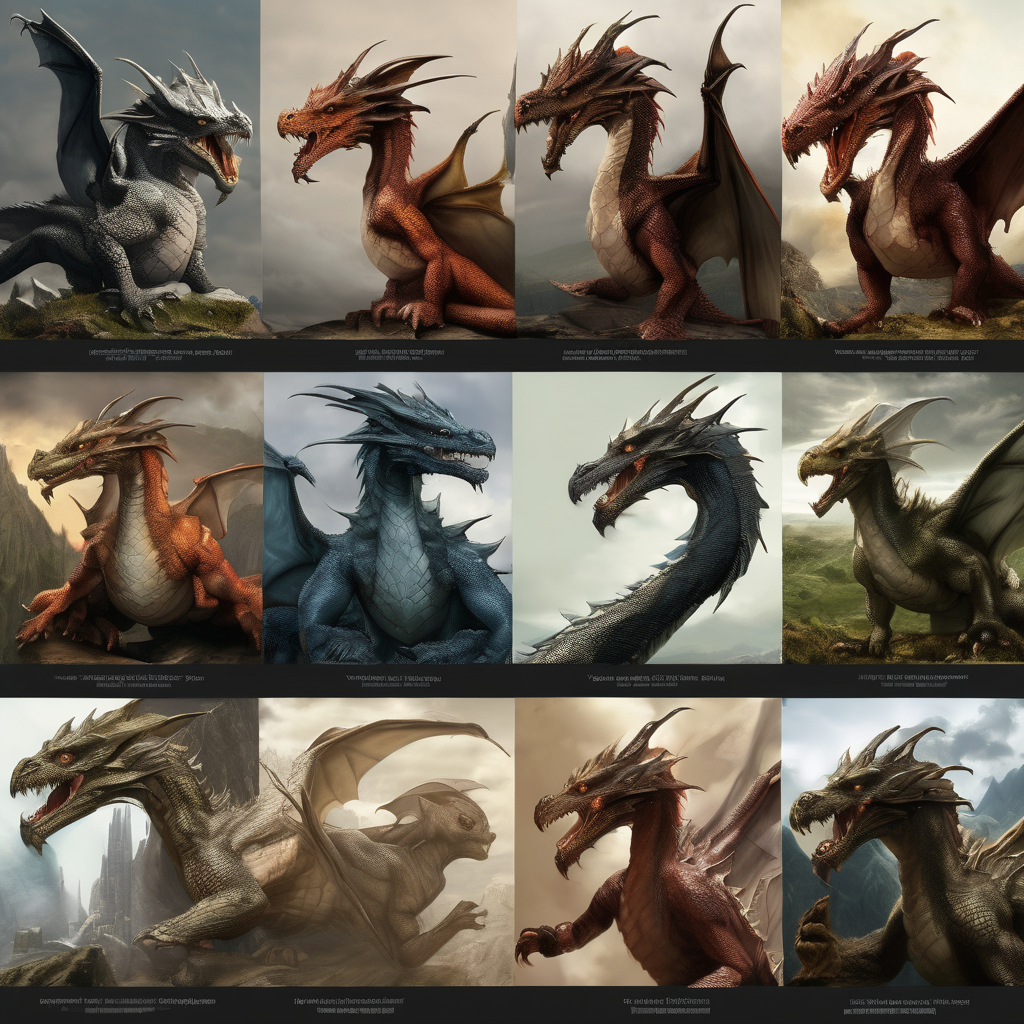
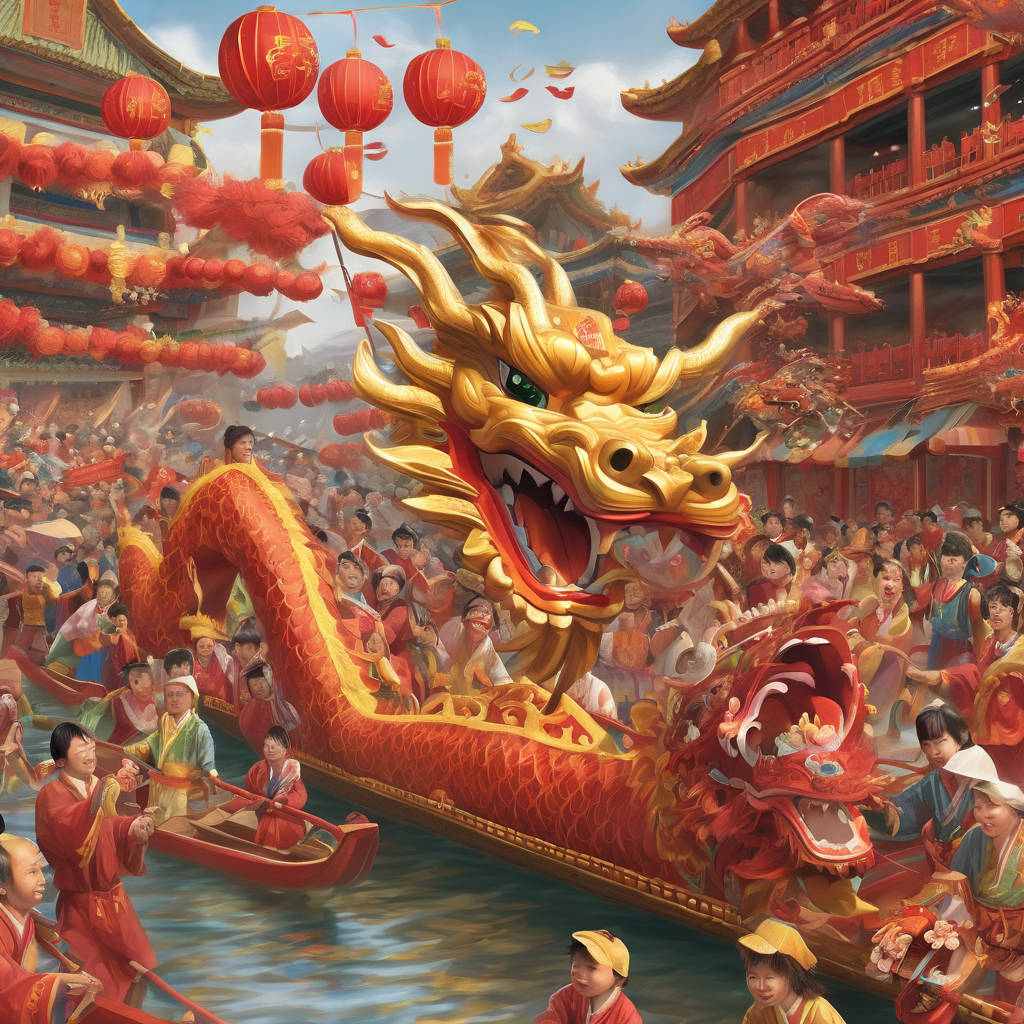
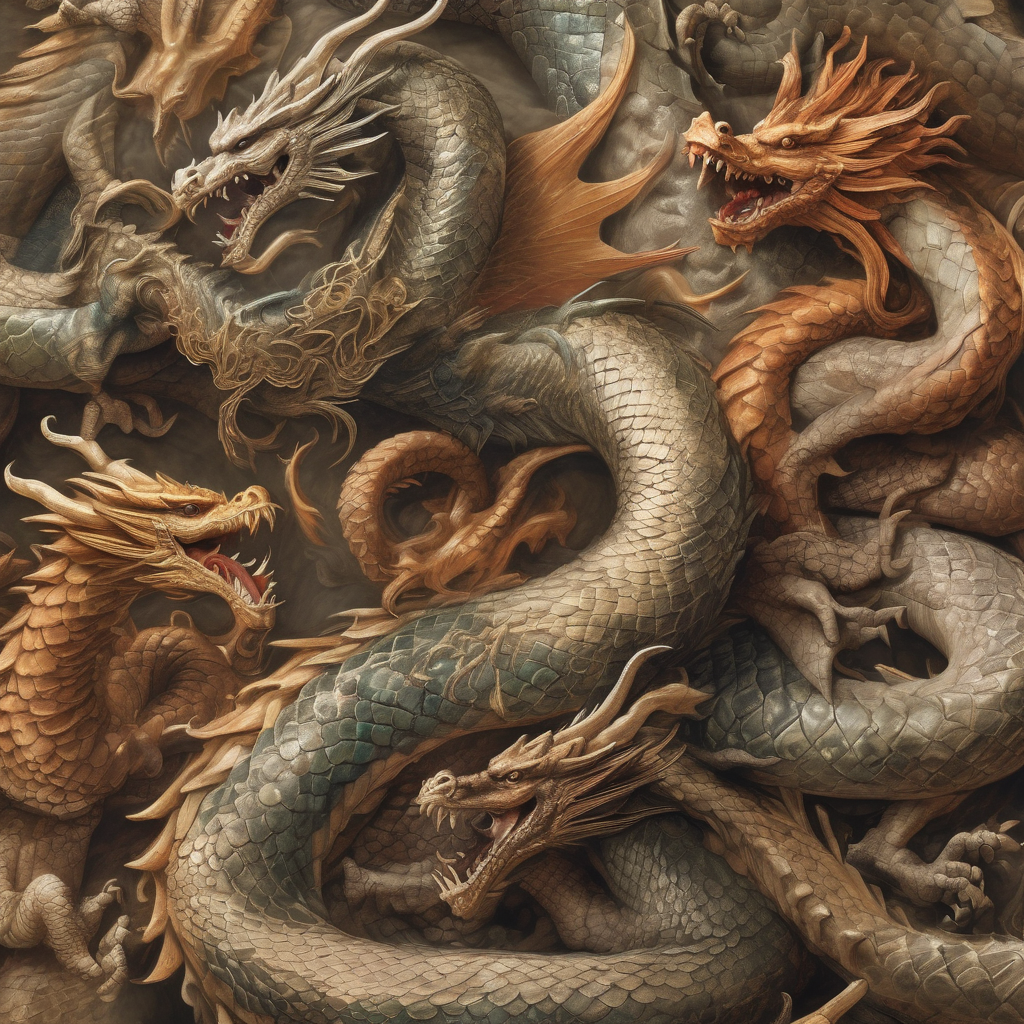
Frequently Asked Questions
What Are The Origins Of Dragon Myths Worldwide?
Dragon myths originate from ancient civilizations like China, Mesopotamia, and Europe. They symbolize power, protection, or chaos depending on culture and era.
How Do Dragon Myths Differ Between East And West?
Eastern dragons are often benevolent, symbolizing wisdom and strength. Western dragons usually represent danger or evil, guarding treasures or causing destruction.
Why Are Dragons Important In Cultural Folklore?
Dragons embody human fears and aspirations. They teach moral lessons, explain natural phenomena, and connect communities through shared stories.
How Have Dragon Myths Evolved Over Time?
Dragon myths evolved by merging with local beliefs and historical events, adapting to changing cultural values and storytelling styles.
Conclusion
Dragon myths show how cultures share stories and ideas. Each culture adds its own meaning and lessons. These legends reveal what people fear and admire. Dragons remain symbols of power, mystery, and wonder. Their stories continue to inspire books, movies, and art.
Understanding these myths helps us connect with the past. They remind us how stories shape our world today. A timeless symbol, dragons still capture our imagination.


